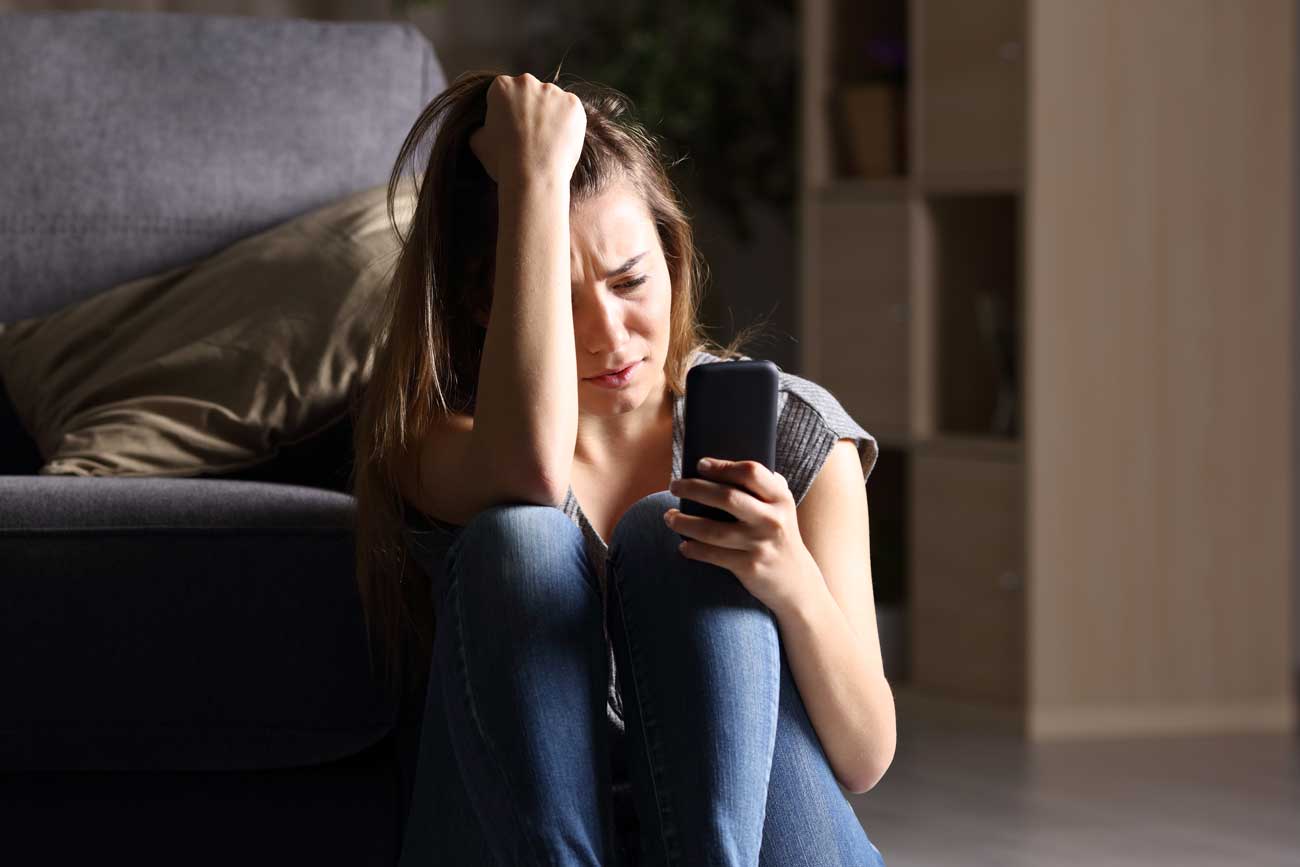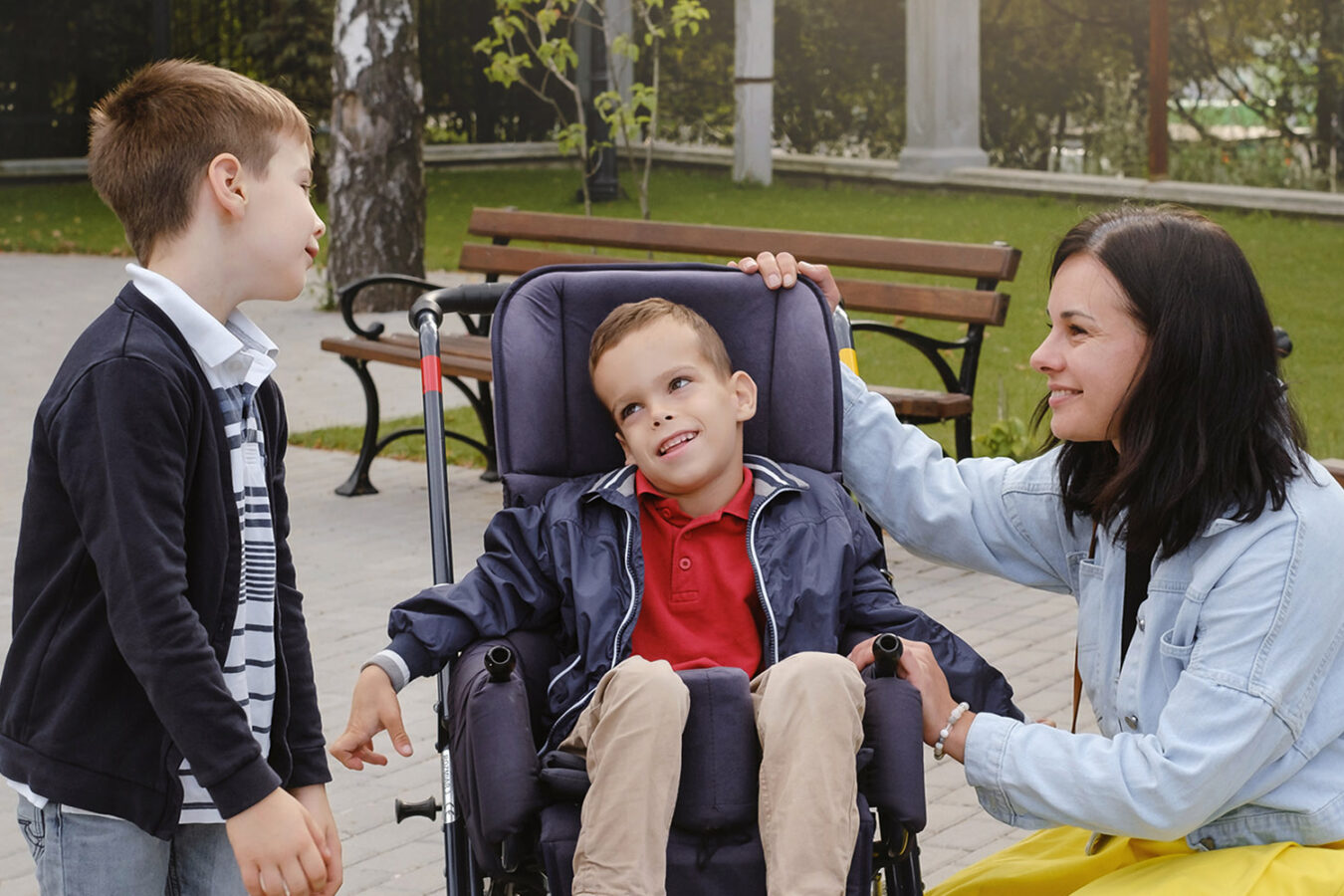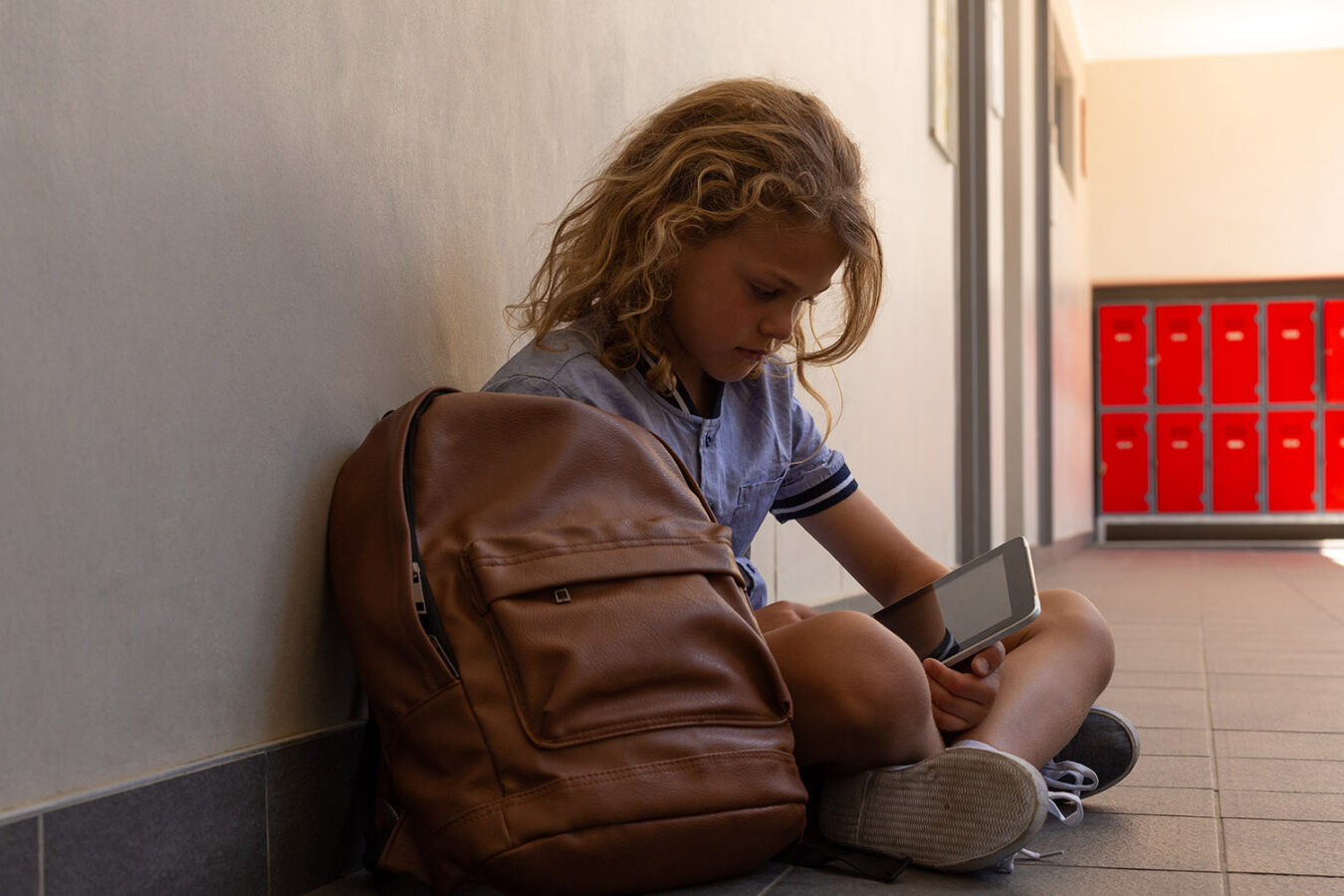
eSafety Commissioner Julie Inman Grant tells parents how they can spot the signs their child is being cyberbullied - and what they can do about it.
Sadly, research tells us that one in five young Australians experience cyberbullying, and only 55 per cent confide in a parent if they experience a negative online incident. This can be confronting for many parents and carers to learn – the thought of being totally unaware of comments and images targeting their child, while it is usually highly visible to their friends and peers.
In an ideal world, being as engaged with young people’s online lives as we are with their offline lives would help us protect them from negative incidents or minimise any damage. But, as a working mum of three, I understand this isn’t always easy, especially when we’re dealing with issues we didn’t experience growing up. Our research shows less than 50 per cent of parents feel confident in dealing with cyberbullying.
The good news is, the eSafety Commissioner was established to help young people deal with this very issue. We operate the world’s first (and still only) legislated cyberbullying reporting service for Australian children under the age of 18.
If a child or trusted adult reports serious cyberbullying to a social media service, and it is not removed within 48 hours, they can report it to eSafety and we can advocate on their behalf to get the material removed. We also have a range of powers to issue civil penalties to social media companies who do not comply with our take-down requests.
So far, we’ve dealt with over 1100 complaints about serious cyberbullying and have had a 100 per cent compliance rate from social media sites. From our experience, we know getting harmful cyberbullying material removed quickly helps to reduce the trauma and impact on mental wellbeing young people may experience if it were to remain online. We’ve also found a nexus between face-to-face bullying and cyberbullying, so we work with complainants, and at times, their parents and the school, to help resolve the issue at the root cause.
As parents and carers, it’s important that you first know how to recognise the signs of cyberbullying, and then how to help your child deal with it.
How to Recognise Cyberbullying
Some of the signs that may indicate your child is being cyberbullied include:
- being secretive about their online activities
- avoiding social outings
- deleting their social media or email accounts
- noticeable changes in their friendship groups
- appearing upset after using their mobile, tablet or computer
- a decline in grades or avoiding school.
What to Do if your Child is being Cyberbullied
As parents, our first instinct may be to ban our children from social media, disable the wi-fi or turn off the data access. But this can actually compound the problem, making your child feel as if they’re being punished and heightening their sense of social exclusion.
If you find it’s happening to a young person in your care, there are four simple steps that can help minimise the harm:
- Report the cyberbullying to the social media service where it is occurring.
- Collect evidence of the cyberbullying material.
- If the material is not removed within 48 hours, make a report to eSafety.
- Block the offending user.
Most importantly, remain calm, listen to your child without judgement, and let them know you will be there to support them through this.
Parents and carers are not alone in this journey. We provide extensive advice and guidance about a range of online safety issues children may face, and the strategies and tools you can use to help protect your child online.
With our research showing 81 per cent of parents have given their preschooler access to an internet-connect device, good digital habits should be encouraged from the get-go. It is never too early to the chat and get involved with your kids’ online lives. If you haven’t already, I encourage you to have a conversation with your child about what to do if cyberbullying happens to them or a friend, before it occurs. Head to eSafety Parents at esafety.gov.au to help you do just that.
A version of this op-ed originally appeared on SBS.com.au.
We thank the Office of the eSafety Commissioner for allowing us to share this blog. You can read the original here.
Like this post? Please share using the buttons on this page.


